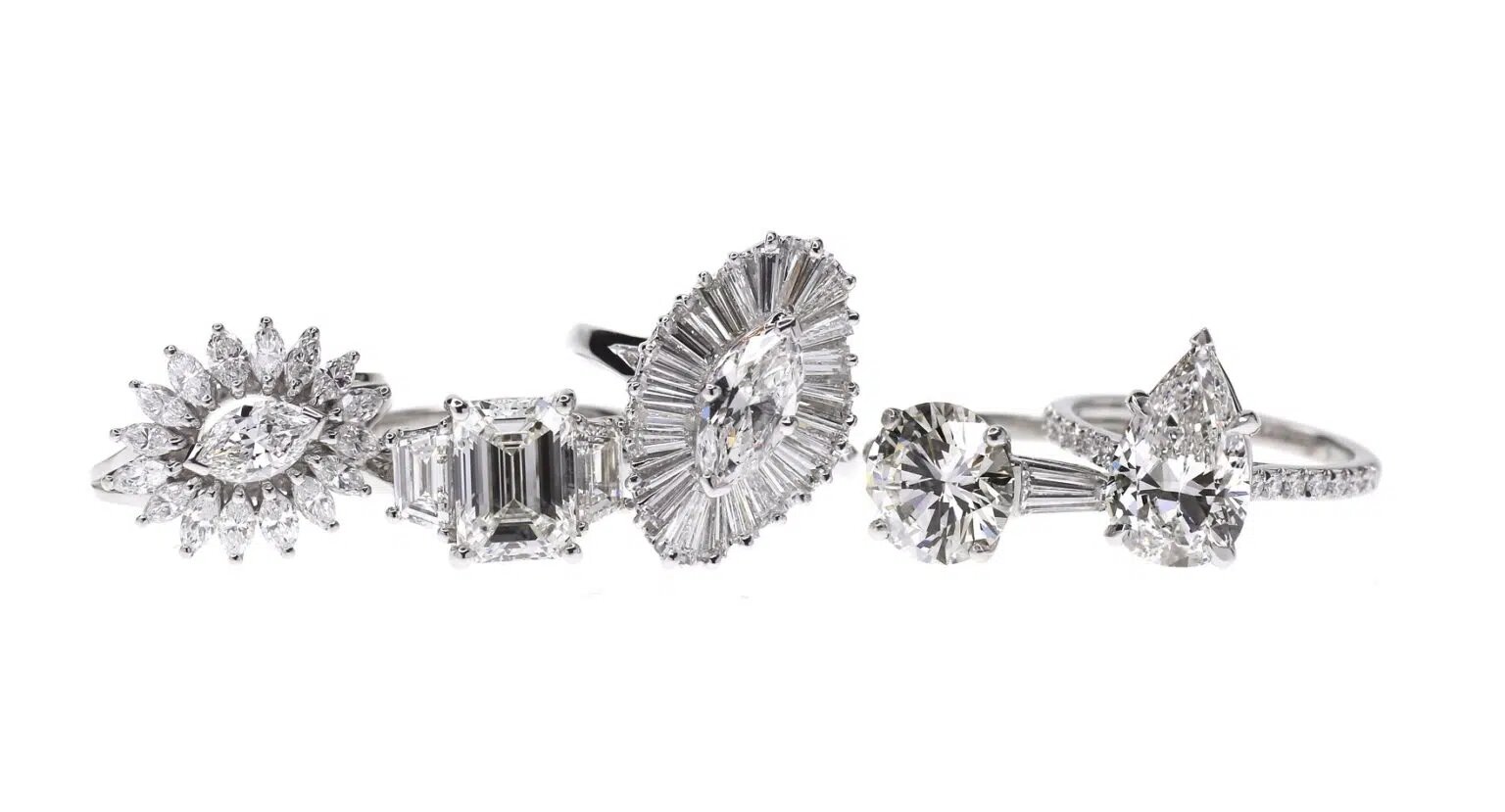The Origins of Engagement Rings
Wedding rings were first worn in Ancient Rome. The tradition began when women wore rings on their hands made from flint and bone. Later rings featured copper, silver, and gold. They even went so far as to have a ring worn in private, made of iron, and one to wear in public, made of gold.
The idea of the ring finger and wearing the ring on the left hand also originated at this time. The Ancient Romans believed there was a vein in the fourth finger which ran directly to the heart. This was referred to as the “Vena Amoris,” or the “Vein of Love.” We know today that this is just a myth, but the tradition has carried on. Another theory is that a French Oracle in Paris declared that wearing a ring on the third finger would ward off evil spirits and attract good fortune.
The Ripple Effect of the Engagement Ring by Archduke Maximilian of Austria
The popular diamond ring we know of today originally came into the picture around 1477.
Archduke Maximilian of Austria gifted his fiancée, Mary of Burgundy, an M-shaped diamond ring. This marriage marked the first recorded historical mention of the traditional engagement ring. It is regarded as one of the most important betrothals of history because of the rippling impact it had on the Roman Empire.
Ancient peoples used the engagement ring to represent a contract and expression of their love. Whether wealthy or rich, engagement rings started to become more common. Early engagement ring designs varied depending on the class of the individual.
Rings made with gemstones such as sapphire and diamond were common among the higher class. Others showed their love with crafted wood rings.
More interestingly, the tradition of the groom requesting permission to marry from the bride’s father was established around the same time. Then, the groom wasn’t just asking to marry the woman; he was asking for a transfer of ownership.
Gems?…Diamonds? Are Forever…
Following Archduke Maximilian of Austria’s example, the symbol of matrimony evolved over time with the Victorian era and the Edwardian era. This was the true birth of the diamond engagement ring.
These rings would often feature birthstones and other colored gems. It wasn’t until the diamond company De Beers developed the marketing slogan “A diamond is forever” that traction was truly gained.
This marketing campaign in 1947 also normalized what men were expected to pay for an engagement ring. Within the commercial, the narrator asks, “How else could two months’ salary last forever?”
Ever since, diamond rings have been the standard symbol of matrimony for women. It wasn’t until WWII that men’s wedding bands became popular. This was because soldiers wanted a way to remember their significant others while away.
Sentimental Effect of an Engagement Ring
Engagement rings began as a symbol of ownership and have continued to change in appearance. Today, the tradition lives on, with engagement and wedding rings as symbols of love and commitment to another person.
The evolution of wedding jewelry styles and preferences has dramatically changed over time. Whether your choices are traditional diamond rings or unique and colorful gems like rubies and emeralds, the concept of the engagement ring is unwavering in intrinsic value. Who knows how engagement and wedding rings will continue to change? Only time will tell.
